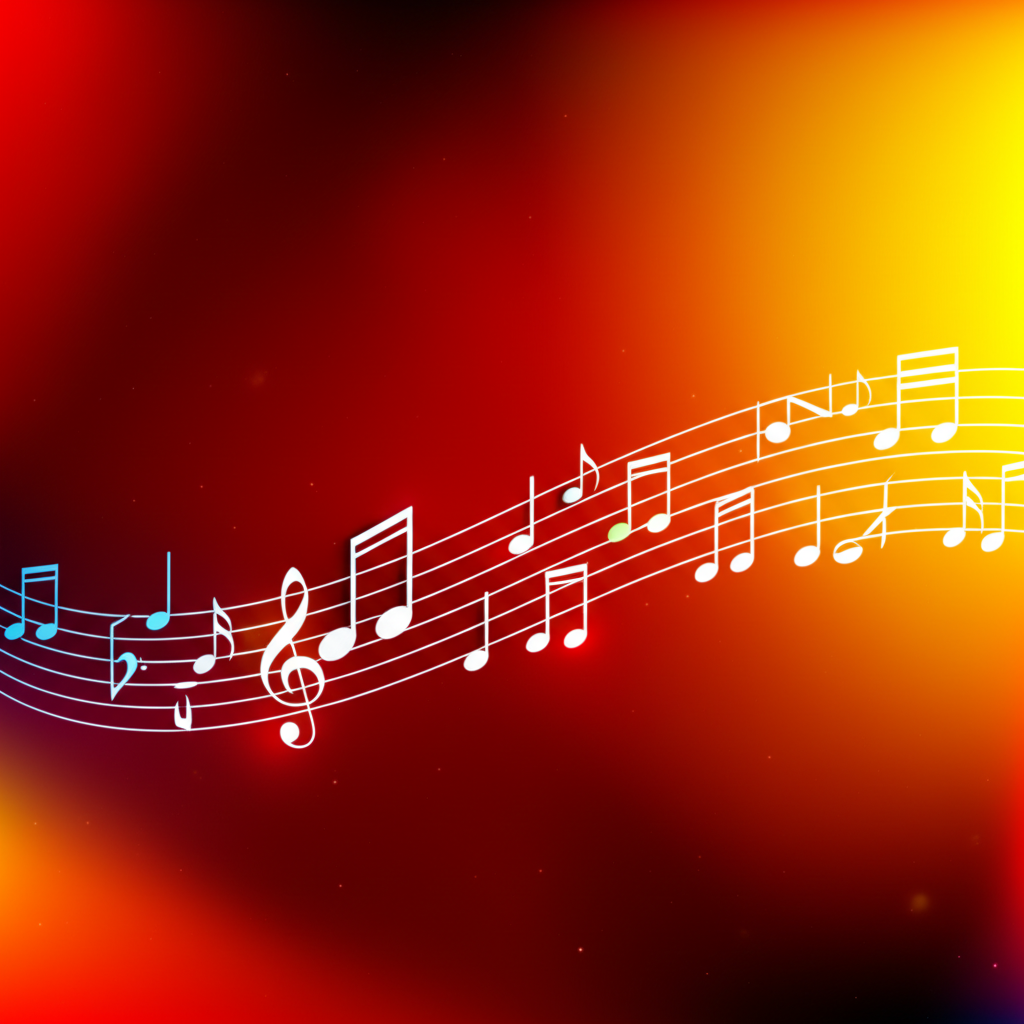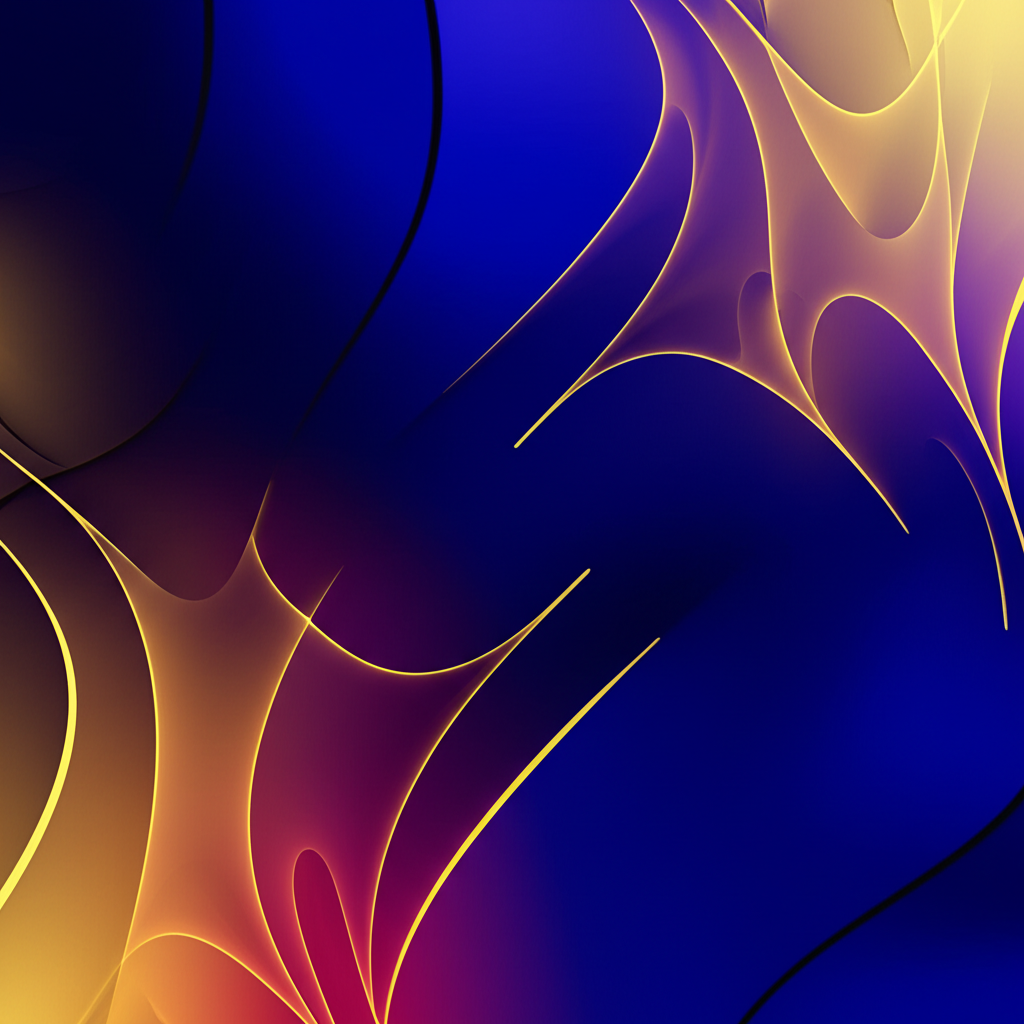
Bebop Major Scale: Elegant Chromaticism in Jazz

b4n1
June 14, 2025, 7:04 p.m.
Bebop Major Scale: Elegant Chromaticism in Jazz
Summary:
The bebop major scale is an eight-note scale that adds a chromatic passing tone between the fifth and sixth degrees of the major scale. This sophisticated scale creates smooth melodic lines over major chords and is essential for developing authentic bebop vocabulary and technique.
Keywords:
bebop major scale, chromatic passing tone, jazz improvisation, major scale, bebop style, eighth-note lines, chord-scale theory, melodic development
Introduction:
The bebop major scale represents another essential tool in the bebop musician's arsenal, providing smooth chromatic voice leading over major chords and progressions. While the bebop dominant scale solved rhythmic problems over dominant chords, the bebop major scale addresses similar issues when improvising over major seventh chords, major triads, and major key centers. This scale became integral to the bebop language and remains crucial for modern jazz improvisation.
Scale Construction:
The bebop major scale is constructed by adding a chromatic passing tone between the fifth and sixth degrees of the major scale. The formula is: 1-2-3-4-5-♯5-6-7. This creates an eight-note scale with smooth chromatic motion that allows for continuous eighth-note lines where chord tones fall on strong beats.
C Bebop Major Scale:
The complete scale showing the added ♯5 passing tone:
Rhythmic Function:
Like other bebop scales, the bebop major scale's primary function is rhythmic. The eight-note structure ensures that when playing continuous eighth notes, chord tones (1, 3, 5, 7) consistently fall on strong beats (1 and 3), while passing tones fall on weak beats (2 and 4). This creates the smooth, flowing quality characteristic of bebop melodies.
Beat Alignment:
How the scale aligns with rhythmic emphasis:
Harmonic Applications:
The bebop major scale is primarily used over major seventh chords, major triads, and major sixth chords. It's particularly effective in major ii-V-I progressions, over tonic major chords in jazz standards, and when navigating through major key centers. The scale provides authentic bebop vocabulary for major harmonic contexts.
Compatible Chords:
- CMaj7: Primary major seventh application
- C6: Major sixth chord contexts
- C: Simple major triad
- C6/9: Extended major harmony
Historical Context:
The bebop major scale emerged alongside other bebop scales during the 1940s bebop revolution. Musicians like Charlie Parker, Bud Powell, and Clifford Brown incorporated these chromatic passing tones into their improvisations, creating the sophisticated melodic language that defined bebop. The scale was later codified by jazz educators as part of the systematic approach to bebop style.
Melodic Patterns:
Common Bebop Lines:
Typical melodic patterns using the bebop major scale:
Practice Techniques:
Developing fluency with the bebop major scale requires systematic practice of patterns, sequences, and arpeggiated approaches. The scale should be practiced in all keys and combined with standard bebop rhythmic patterns to develop authentic jazz vocabulary.
Scale Sequences:
Essential practice patterns for technical development:
Voice Leading Characteristics:
The bebop major scale excels at creating smooth voice leading through major progressions. The chromatic passing tone between the fifth and sixth creates elegant melodic motion that connects chord tones in a natural, flowing manner. This makes it ideal for creating long, unbroken melodic lines.
Chromatic Motion:
How the ♯5 passing tone creates smooth connection:
Integration with Other Bebop Scales:
The bebop major scale works synergistically with other bebop scales, particularly the bebop dominant scale. In ii-V-I progressions, musicians often use the bebop major scale over the tonic chord after using the bebop dominant scale over the V7 chord, creating seamless melodic continuity.
ii-V-I Application:
Using bebop scales in progression:
Notación musical:
Famous Applications:
Many bebop masters incorporated the bebop major scale into their improvisations. Bud Powell's piano solos frequently featured this scale over major chords, while Clifford Brown used it to create fluid trumpet lines. The scale appears in countless bebop compositions and remains a staple of modern jazz education.
Notable Musicians:
- Bud Powell: Piano bebop major scale mastery
- Clifford Brown: Trumpet melodic sophistication
- Charlie Parker: Chromatic bebop vocabulary
- Red Garland: Piano trio applications
Modern Applications:
Contemporary jazz musicians continue to use the bebop major scale, often combining it with more modern harmonic approaches. The scale remains relevant in straight-ahead jazz, Latin jazz, and fusion contexts where sophisticated melodic development is desired.
Ear Training Development:
Developing an ear for the bebop major scale involves recognizing its characteristic chromatic motion and understanding how it differs from the standard major scale. The added ♯5 creates a distinctive sound that becomes instantly recognizable with practice and listening experience.
Recognition Tips:
- Chromatic Motion: G-♯G-A movement
- Eighth-Note Flow: Continuous melodic lines
- Strong Beat Emphasis: Chord tones on 1 and 3
- Major Context: Bright, sophisticated sound
Technical Considerations:
The bebop major scale requires careful attention to fingering and articulation to achieve the smooth, flowing quality essential to bebop style. Different instruments may require specific technical approaches to execute the chromatic motion effectively.
Harmonic Analysis:
Scale Degree Functions:
- 1 (C): Root, strong resolution point
- 3 (E): Major third, harmonic color
- 5 (G): Perfect fifth, stability
- ♯5 (♯G): Chromatic passing tone
- 6 (A): Sixth, open sound
- 7 (B): Major seventh, sophisticated color
Fun Facts:
The bebop major scale is sometimes called the "major bebop scale" or "ionian bebop scale" to distinguish it from other bebop scales. Despite having only one chromatic passing tone, this scale dramatically changes the character of major scale melodies, making them sound instantly more sophisticated and jazz-like. Many classical musicians are surprised by how much this single chromatic note transforms familiar major scale passages.
Pedagogical Value:
The bebop major scale serves as an excellent introduction to chromatic harmony for students transitioning from simple major scales to more complex jazz concepts. Its single chromatic alteration makes it less overwhelming than other jazz scales while still providing authentic bebop vocabulary.
Conclusions:
The bebop major scale represents an elegant solution to the rhythmic and melodic challenges of jazz improvisation over major harmony. Its simple yet effective addition of a single chromatic passing tone transforms the familiar major scale into a sophisticated jazz tool. Understanding and mastering this scale is essential for any musician seeking to develop authentic bebop vocabulary and create flowing, musical improvisations over major chords. Whether used in traditional bebop contexts or modern jazz applications, the bebop major scale remains a vital component of jazz language and continues to influence contemporary improvisation approaches.
References:
Powell, Bud. (1951). The Amazing Bud Powell. Blue Note Records.
Brown, Clifford. (1954). Clifford Brown and Max Roach. EmArcy Records.
Levine, Mark. (1995). The Jazz Theory Book. Sher Music Co.
Coker, Jerry. (1997). Elements of the Jazz Language. CPP/Belwin.




